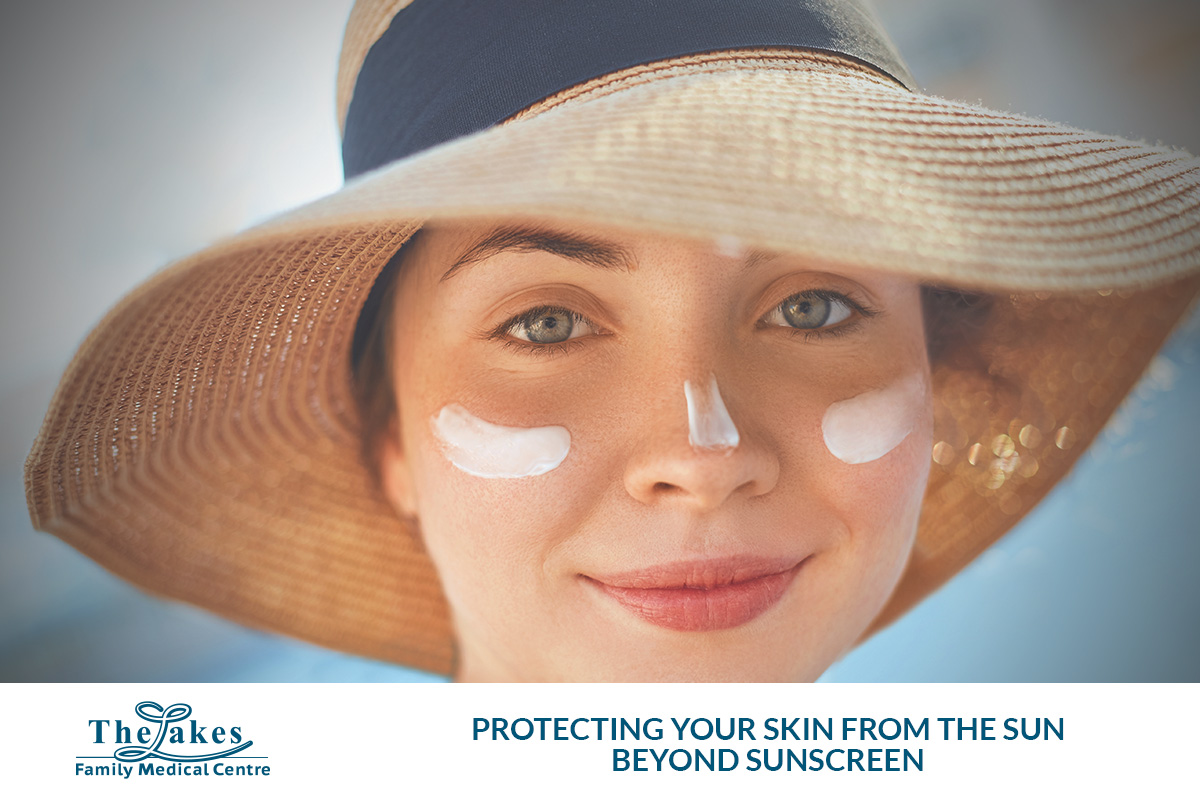
Sun exposure is a double-edged sword; while it is a primary source of vitamin D, essential for bone health and immune function, excessive exposure to ultraviolet (UV) rays from the sun can lead to skin damage, premature aging, and an increased risk of skin cancer. Sunscreen is a critical tool in protecting the skin from these harmful rays, but it should not be your only line of defense. This article explores comprehensive strategies for protecting your skin from the sun, beyond just applying sunscreen.
Understanding UV Radiation
UV radiation consists of UVA and UVB rays, both of which can harm the skin. UVA rays penetrate deep into the skin, causing premature aging and wrinkles, while UVB rays are primarily responsible for sunburn. Both types of rays contribute to the risk of skin cancer.
Comprehensive Sun Protection Strategies
- Seek Shade: Whenever possible, seek shade, especially during the peak sun intensity hours of 10 a.m. to 4 p.m. This simple step can significantly reduce your exposure to harmful UV rays.
- Wear Protective Clothing: Long-sleeved shirts, pants, and wide-brimmed hats can provide physical barriers between your skin and the sun. Clothing made from tightly woven fabric offers the best protection.
- Use Sunglasses: Protect your eyes and the sensitive skin around them by wearing sunglasses that block 100% of UVA and UVB rays.
- Apply Broad-Spectrum Sunscreen: Use a broad-spectrum sunscreen with an SPF of 30 or higher on all exposed skin, and reapply every two hours, or after swimming or sweating.
- Be Mindful of Reflections: UV rays can reflect off surfaces like water, sand, snow, and concrete, increasing your exposure. Be extra cautious in these environments.
- Check the UV Index: The UV Index provides important information about the level of solar UV radiation expected to reach the earth’s surface. When the UV Index is high, take extra precautions to protect your skin.
The Role of Vitamin D
While protecting your skin from the sun, it’s also important to maintain adequate vitamin D levels, essential for bone health and immune function. Vitamin D can be obtained through diet, supplements, and sensible sun exposure. Discuss with your GP the best way to maintain healthy vitamin D levels without compromising your skin health.
Regular Skin Checks
Regular self-examinations and professional skin checks are crucial for detecting early signs of skin damage and skin cancer. Familiarize yourself with the moles and marks on your skin, and consult a GP if you notice any changes.
Conclusion
Protecting your skin from the sun involves a multifaceted approach that extends beyond sunscreen. By combining shade, protective clothing, and sensible sun exposure practices, you can enjoy the outdoors while minimizing the risks associated with UV radiation. Regular skin checks and a balanced approach to vitamin D intake further support your skin’s health. Embrace these comprehensive sun protection strategies to safeguard your skin’s health now and in the future.
Finally, embark on whole year with a commitment to your health. At The Lakes Family Medical Centre, we’re here to guide you every step of the way. Together, let’s make this year your healthiest yet! Head to Hotdoc and book an appointment,, Start with personalised healthcare!
Learn more about The Lakes Family Medical Centre :




